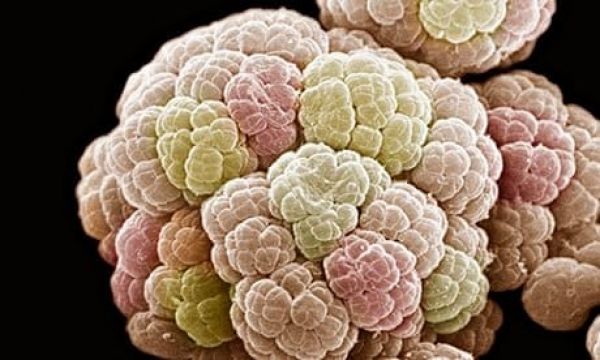A new understanding of how an important methane-producing microorganism creates methane and carbon dioxide could eventually allow researchers to manipulate how much of these important greenhouse gases escape into the atmosphere. A new study by Penn State researchers proposes an updated biochemical pathway that explains how the microorganism uses iron to more efficiently capture energy when producing methane. The study appears online in the journal Science Advances.
“The microorganism Methanosarcina acetivorans is a methanogen that plays an important part in the carbon cycle, by which dead plant material is recycled back into carbon dioxide that then generates new plant material by photosynthesis,” said James Ferry, Stanley Person Professor of Biochemistry and Molecular Biology at Penn State, who led the research team. “Methanogens produce about 1 billion metric tons of methane annually, which plays a critical role in climate change. Understanding the process by which this microorganism produces methane is important for predicting future climate change and for potentially manipulating how much of this greenhouse gas the organism releases.”
Methanosarcina acetivorans, which is found in environments like the ocean floor and rice paddies where it helps to decompose dead plant material, converts acetic acid into methane and carbon dioxide. Prior to this study, however, researchers were not certain how the microorganism had enough energy to survive in the oxygen-free—anaerobic—environments where it lives. The researchers determined that an oxidized form of iron called “iron three,” essentially rust, allows the microorganism to work more efficiently, using more acetic acid, creating more methane, and creating more ATP—a chemical that provides energy for biological reactions essential for growth.
Read more at Penn State
Image: Colony of Methanosarcina acetivorans. Credit: Ralph Robinson, Visuals Unlimited


